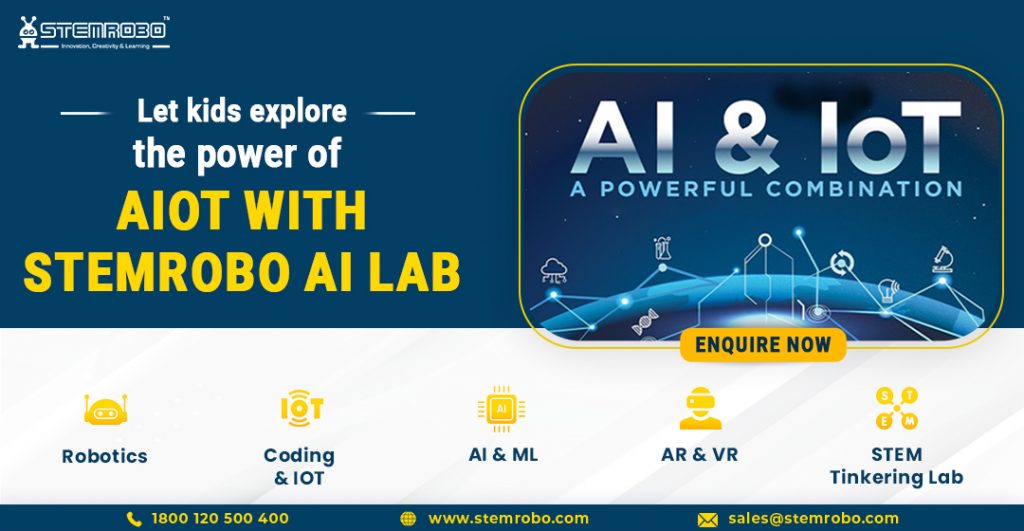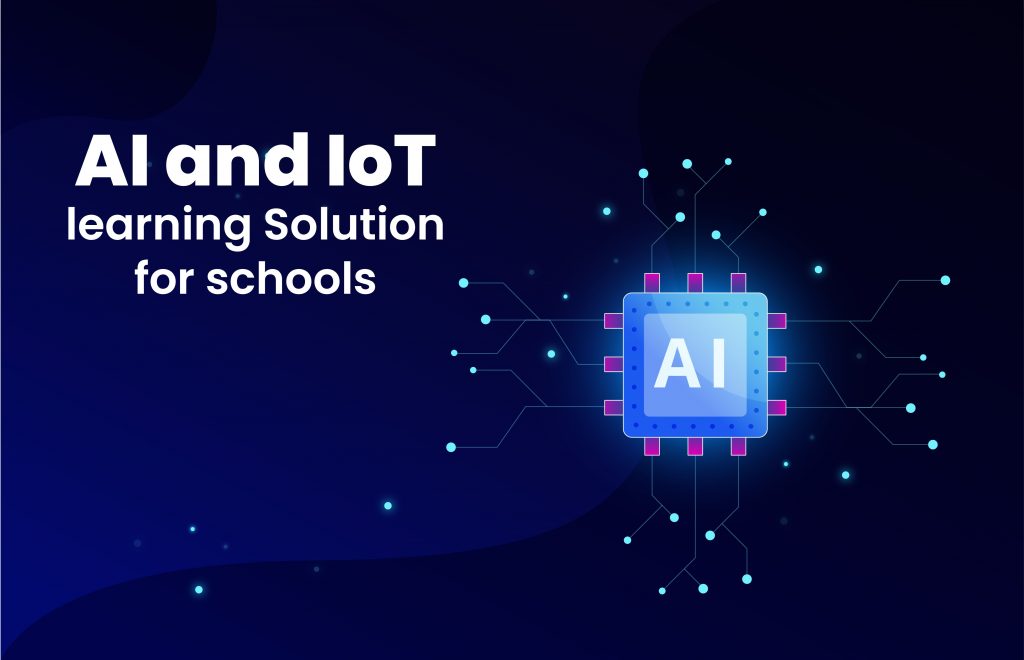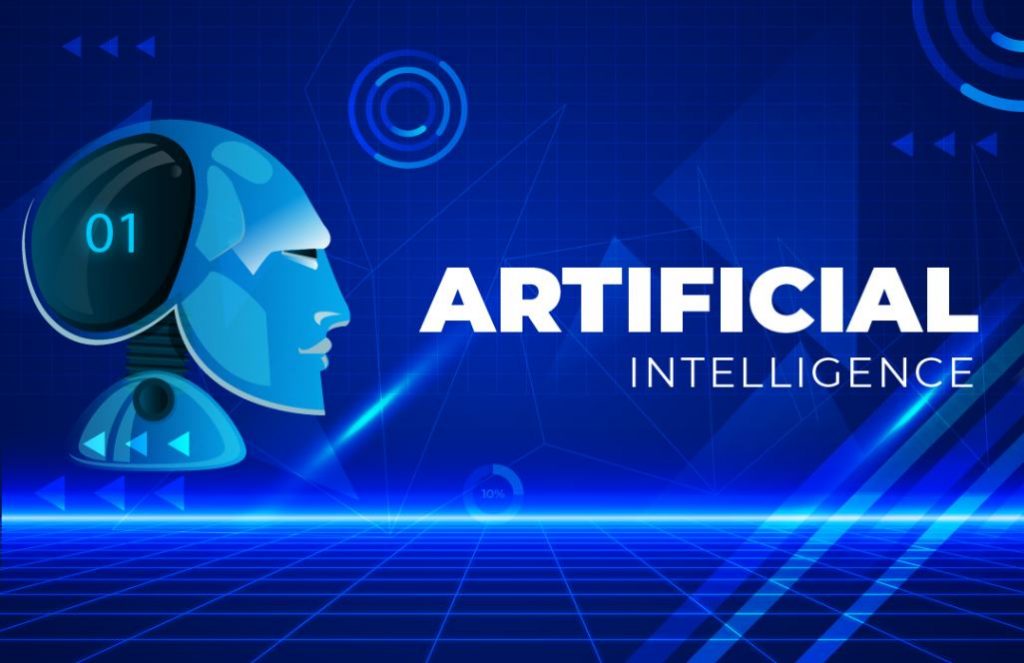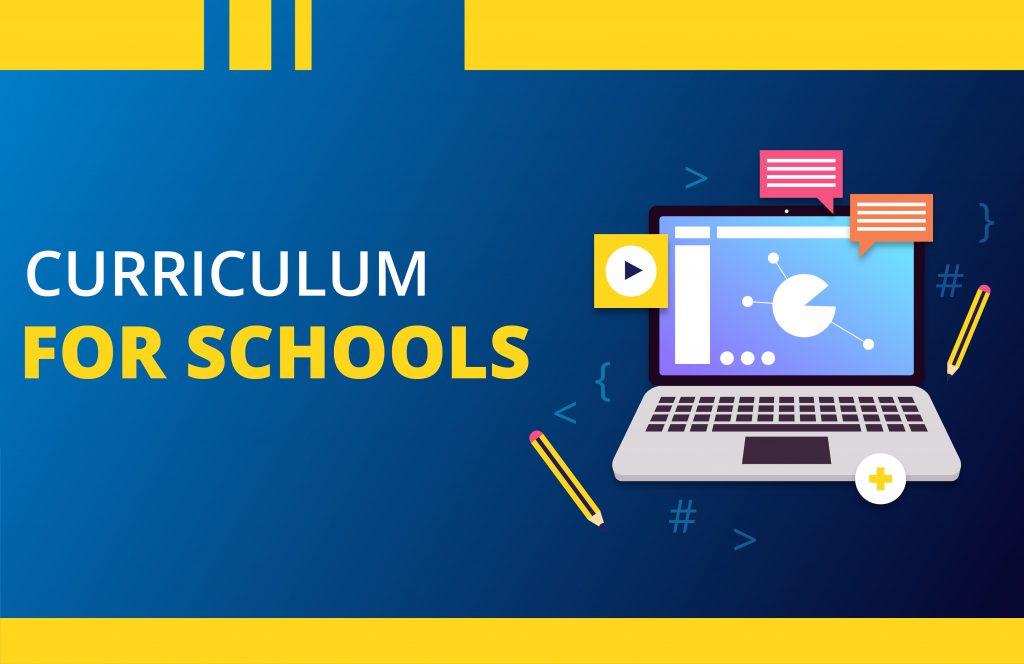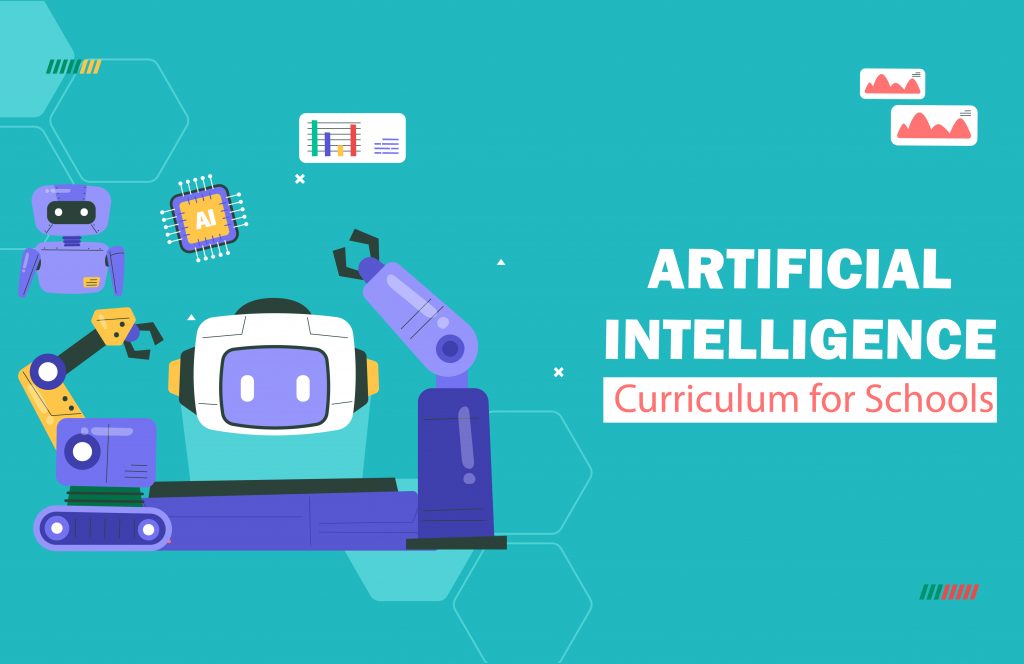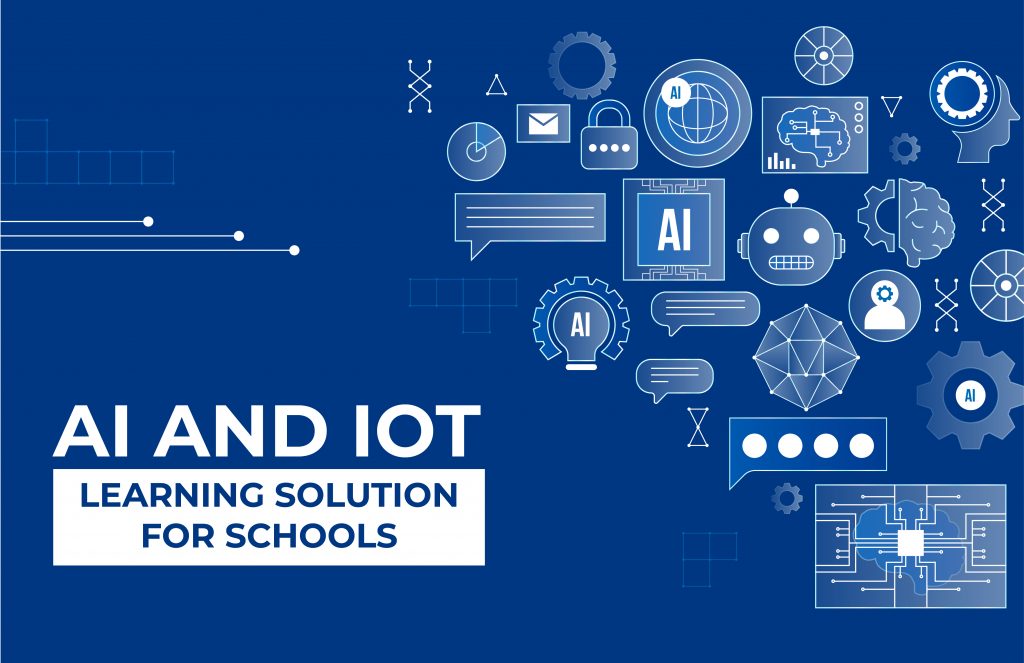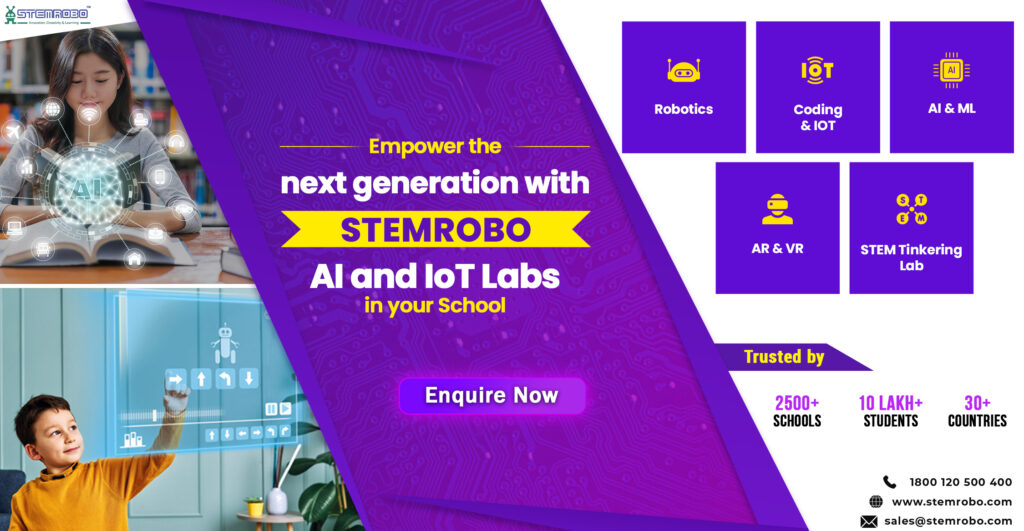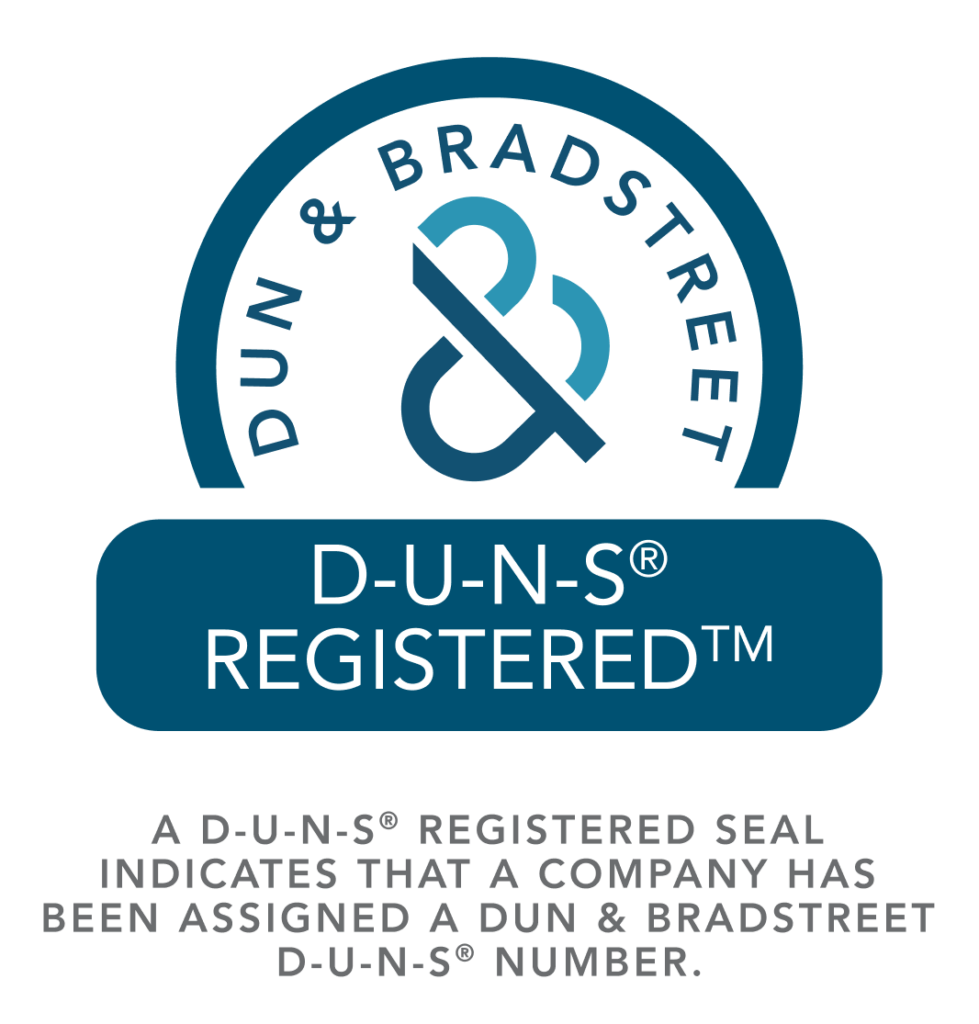Why Every School Needs Robotics and AI Kits for Smarter Learning
The world keeps changing and so does the market trends. There are many technologies that keep coming up or gets upgraded. And in order to keep our present generation updated to the trends we need to make them well equipped with the help of Robotics & AI Curriculum for schools. How to teach artificial intelligence and robotics to children? The idea is to make the students not only smart in the technical field but also make them able citizens of the society. Through STEM education and robotics syllabus for school students, the students get to develop the 21st century skills. The Shift from Rote Learning to Real Learning For decades, education has focused on memorization, learning facts, formulas, and definitions. But the world our students are stepping into doesn’t reward memorization; it rewards imagination. Robotics and AI education bring that imagination to life. When students build a robot that moves or program a small car to follow a line, they aren’t just learning science or coding, they’re learning problem-solving, creativity, and teamwork. The real learning starts in here, when the students start asking questions like “how can I improve this?’, “what would be the best solution?” This method of imparting modern education involves around students getting to know about the life skills like curiosity and creativity and also the others. What are in the Robotics and AI Kits? These kits come with: The classes and the activities are customised according to the needs and the guidelines set by the NEP 2020. This ensures that the student can pursue their interests and also at the same time, and also be able to connect the dots with their curriculum. Each step encourages creativity, logic, and hands-on learning. Students see real results their ideas moving, responding, and even thinking! Why Every School Needs These Kits Schools often might find it not easy to make subjects interesting because the subjects become lengthy and often the teacher fails to grasp the attention of the students seated in the last benches. Now, schools have STEM learning which helps a student understand difficult concepts through hands-on learning. For example, they can learn how a robot works by themselves and also because the robotics projects for school students are mostly group based, the students communicate and compromise and there is an exchange of ideas that makes them better decision makers and problem solvers. These activities help them relate what they have learn in books to the real life situations. Which in turn helps them use the formula of DESIGN THINKING. Moreover, it develops what educators call the 4Cs of 21st-century skills: These skills go beyond classrooms, they prepare students for real life. From Curiosity to Innovation The young innovators are very curious and this is the best trait as they ask more questions and this helps them Learning for Every Age Group Robotics and AI learning isn’t limited to older students, it can start as early as primary school. This progression keeps learning challenging yet enjoyable, helping children grow their confidence and curiosity step by step. Bringing Equality in Education The best thing about this modern education is that the quality education of robotics and AI is available to everyone and not only to the students in the big cities. And with the government initiatives of ATL and also CSR activities, the modern education is reaching even the tier 2 and tier 3, where schools are actively adapting stem education for the preparation of the students for the future. Not Just for Future Engineers A very popular myth is that Robotics and AI are only for students that are in the technical field. That is far from the truth. These subjects blend logic, art, design, and creativity, making them relevant for everyone. Robotics helps children understand that technology isn’t just about machines, it’s about improving life. Building a Future-Ready Generation The future job market requires candidates that are not only knowledgeable but also skilled and civilised. When students learn how technology really works, they don’t just use it but also start making technology and improving it. They start creating with it. They learn to design, build, and think with responsibility. This ensures that the student is well knowledgeable in both technology and civil behaviour. STEMROBO TechnologiesVision: Building Innovators, Not Just Learners Our mission is simple, to transform young learners into creators, thinkers, and problem-solvers. Every child deserves the chance to explore and discover their potential. Robotics and AI kits make that possible, by turning curiosity into creativity and imagination into innovation. A Step Every School Must Take The future of education isn’t just about books and blackboards, the job market demands for skills and knowledge rather than just memorised figures and facts. When schools introduce AI and Robotics in their curriculum, they not only make them familiar with technology but also make them able citizens of the society by teaching them the important 21st century skills.
Why Every School Needs Robotics and AI Kits for Smarter Learning Read More »




